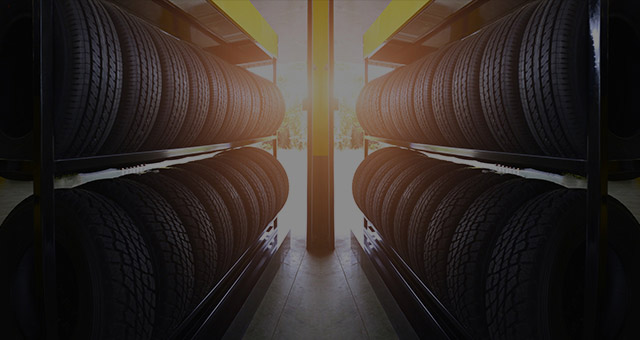Explore Exclusive Mopar Tire Service Specials in Morris Today
Explore Exclusive Mopar Tire Service Specials in Morris Today
Blog Article
Tire Solution: Recognizing Tire Pressure Monitoring Equipments
Recognizing Tire Stress Surveillance Solutions (TPMS) is a crucial facet of keeping optimum vehicle efficiency and safety on the roadway. With innovations in automotive innovation, TPMS has come to be a standard function in modern vehicles, giving real-time info on tire stress degrees.

Value of TPMS
The value of Tire Stress Monitoring Solutions (TPMS) exists in their capacity to improve vehicle security and efficiency through real-time surveillance of tire stress levels. Preserving the proper tire pressure is crucial for guaranteeing optimal handling, stopping, and total safety of a vehicle. TPMS supplies drivers with immediate comments on any overinflated or underinflated tires, permitting prompt modifications to be made.
Components of TPMS
Consisting of different necessary aspects, a Tire Stress Surveillance System (TPMS) functions as an innovative safety and security function in contemporary vehicles. The primary parts of a TPMS include sensors, a control module, and a warning sign. Sensing units are commonly located in the tire valve stem or affixed to the wheel setting up, where they determine tire pressure and transfer information to the control component. If it spots substantially reduced stress in any of the tires, the control module processes this info and causes a caution. The warning indicator, usually a symbol on the dashboard, alerts the vehicle driver to examine the damaged tire or tires. Some advanced TPMS designs likewise display the actual tire stress analyses for each tire, offering chauffeurs with real-time information to ensure optimum tire efficiency and safety. By keeping track of tire pressure continually, TPMS aids stop mishaps, reduces tire wear, and improves gas effectiveness, making it a vital element for vehicle safety and security and efficiency.
Sorts Of TPMS

On the other hand, indirect TPMS counts on the lorry's wheel rate sensors to monitor tire stress. This system detects underinflation by comparing the rotational speeds of the wheels. Indirect TPMS is less expensive than straight TPMS, as it makes use of existing sensing units within the automobile.
While straight TPMS supplies more precise readings, indirect TPMS is simpler in layout and commonly needs less maintenance. Both systems have their constraints and advantages, and the choice in between them often relies on elements such as expense, car make, and personal preference. Recognizing the differences in between these two sorts of TPMS can help car owners make informed decisions pertaining to tire upkeep and safety.
TPMS Upkeep Tips
Conduct routine checks on the tire stress degrees and compare them with the TPMS analyses to ensure they are constant. Throughout tire turning or substitute, make certain that the TPMS parts are handled meticulously to protect against any type of possible damages. If the TPMS cautioning light brightens on the control panel, attend to the problem quickly by checking the tire pressures and the overall system for any mistakes.
Benefits of Appropriate Tire Stress
Preserving correct tire pressure, as emphasized in TPMS Upkeep Tips, is essential for enjoying the various advantages linked with ideal tire stress degrees. One of the primary benefits of preserving the correct tire official site stress is improved gas effectiveness. When tires are effectively blown up, there is much less rolling resistance, bring about better gas economy. Additionally, correct tire stress guarantees also tire wear, prolonging the life expectancy of the tires and advertising more secure driving problems. With the best tire pressure, vehicles likewise have much better handling and grip, especially in damaging weather condition conditions. This can improve overall driving performance and safety for the motorist and passengers. Additionally, preserving optimum tire stress can add More Help to a smoother and extra comfy ride by minimizing vibrations and sound triggered by underinflated tires. To conclude, the benefits of appropriate tire pressure surpass simply tire durability; they incorporate improved fuel effectiveness, enhanced safety and security, far better vehicle performance, and overall driving comfort.
Final Thought
In conclusion, recognizing tire stress tracking systems (TPMS) is crucial for keeping ideal tire pressure and ensuring car safety and security. By identifying the significance of TPMS, knowing with its elements, recognizing the different types available, sticking to correct upkeep ideas, and realizing the advantages of preserving appropriate tire pressure, vehicle drivers can improve their driving experience and prolong the life-span of their tires. Proper tire pressure is essential to risk-free and effective lorry operation.

Report this page